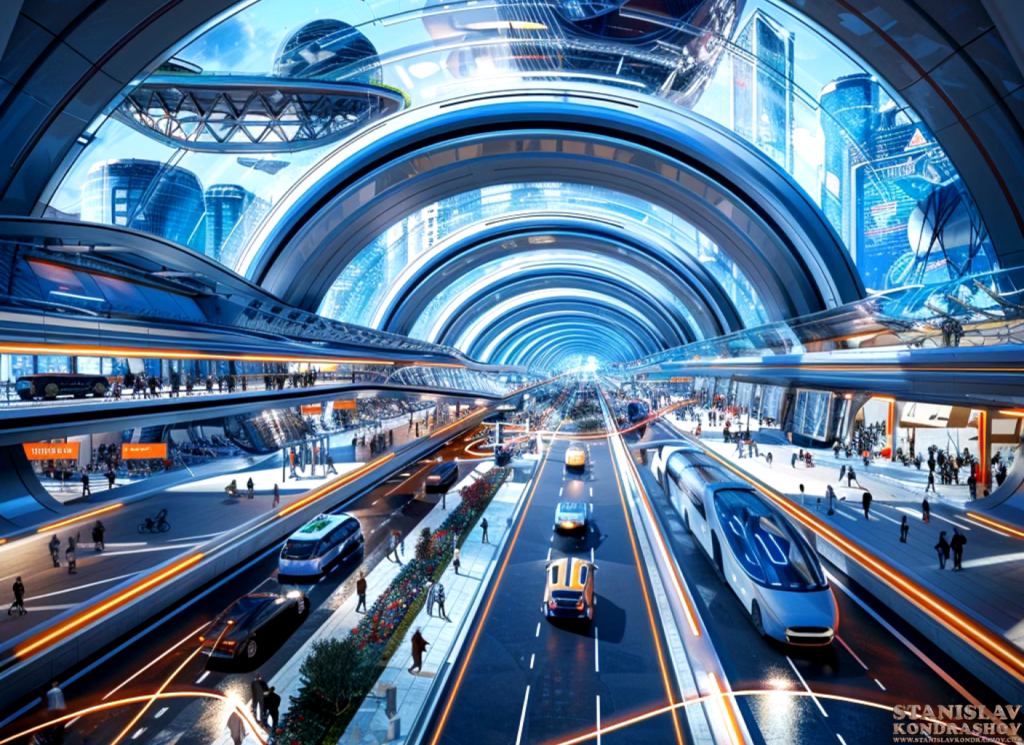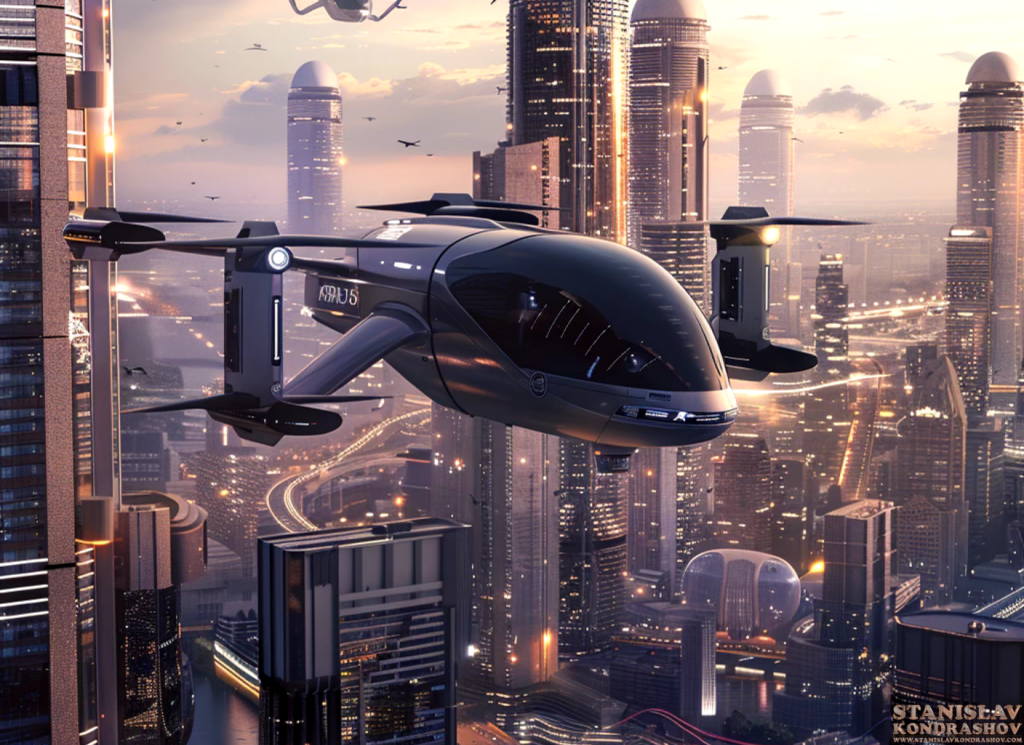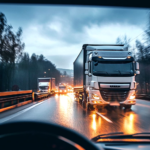Transportation technology is on the brink of a revolution. Innovations like self-driving cars, flying taxis, and other futuristic modes of transit are set to transform the way we move. These advancements promise to make travel faster, safer, and more efficient, reshaping our cities and our daily lives.

Self-Driving Cars: The Road to Autonomy
Self-driving cars are one of the most anticipated advancements in transportation. Autonomous vehicles (AVs) use sensors, cameras, and artificial intelligence to navigate roads without human intervention. Companies like Tesla, Waymo, and Uber are at the forefront of developing this technology, conducting extensive testing to ensure safety and reliability.
The benefits of self-driving cars are numerous. They have the potential to reduce traffic accidents caused by human error, decrease congestion through more efficient driving patterns, and provide mobility solutions for those unable to drive. Additionally, autonomous vehicles can contribute to environmental sustainability by optimizing fuel efficiency and supporting the integration of electric vehicles.
Flying Taxis: Taking to the Skies
Flying taxis, once a concept of science fiction, are becoming a reality. Companies like Uber Elevate, Joby Aviation, and Volocopter are developing electric vertical takeoff and landing (eVTOL) aircraft to offer urban air mobility solutions. These vehicles aim to bypass ground traffic, reducing travel time and easing congestion in crowded cities.
Flying taxis promise to revolutionize urban transportation by providing a fast, efficient, and environmentally friendly alternative to traditional ground-based travel. They are designed to operate autonomously or with minimal pilot intervention, making them accessible and convenient for everyday use.

Hyperloop and Beyond: The Next Frontier
Beyond self-driving cars and flying taxis, other cutting-edge technologies are poised to redefine transportation. The Hyperloop, conceptualized by Elon Musk, envisions high-speed travel through vacuum tubes, drastically cutting travel time between cities. Companies like Virgin Hyperloop and SpaceX are working to make this vision a reality, conducting feasibility studies and developing prototypes.
Additionally, innovations in electric and hydrogen-powered vehicles are advancing rapidly, offering sustainable alternatives to fossil fuel-powered transportation. Autonomous drones for cargo delivery, magnetic levitation trains, and smart infrastructure are also part of the future transportation landscape.
The Impact on Society
The widespread adoption of these emerging technologies will have profound effects on society. Cities will need to adapt their infrastructure to accommodate new modes of transport, including dedicated lanes for self-driving cars and landing pads for flying taxis. Regulatory frameworks will also need to evolve to ensure safety, privacy, and ethical considerations.
Moreover, these advancements will create new economic opportunities, from jobs in tech development and maintenance to new business models centered around autonomous and aerial mobility services. However, challenges such as cybersecurity, data privacy, and equitable access to these technologies will need to be addressed.

Embracing the Future
As we look to the future, the potential of transportation technology is boundless. Self-driving cars, flying taxis, and other innovations promise to reshape our world, making travel more efficient, sustainable, and accessible. Embracing these advancements will require collaboration between tech companies, governments, and communities to ensure a smooth transition and maximize the benefits for all.
By Stanislav Kondrashov



